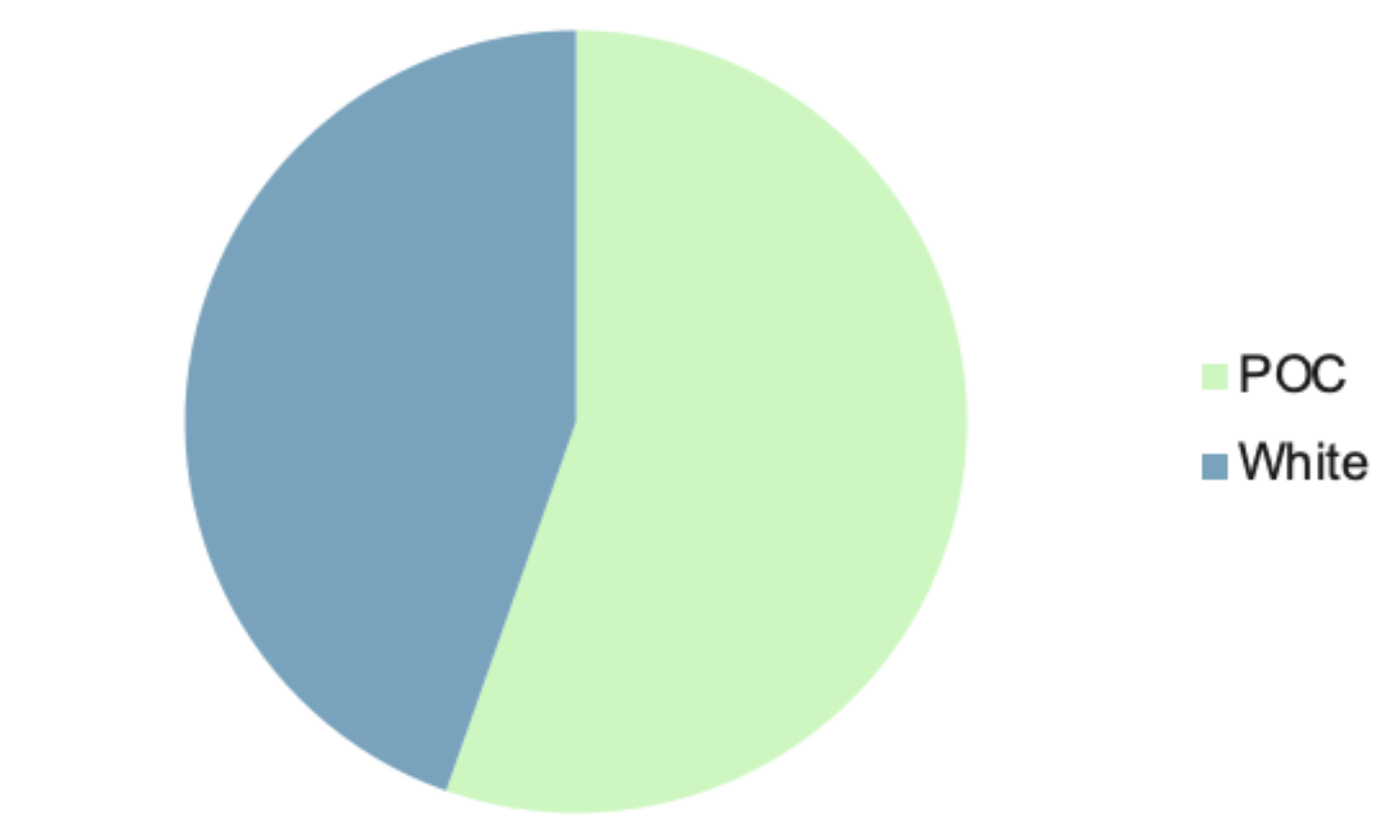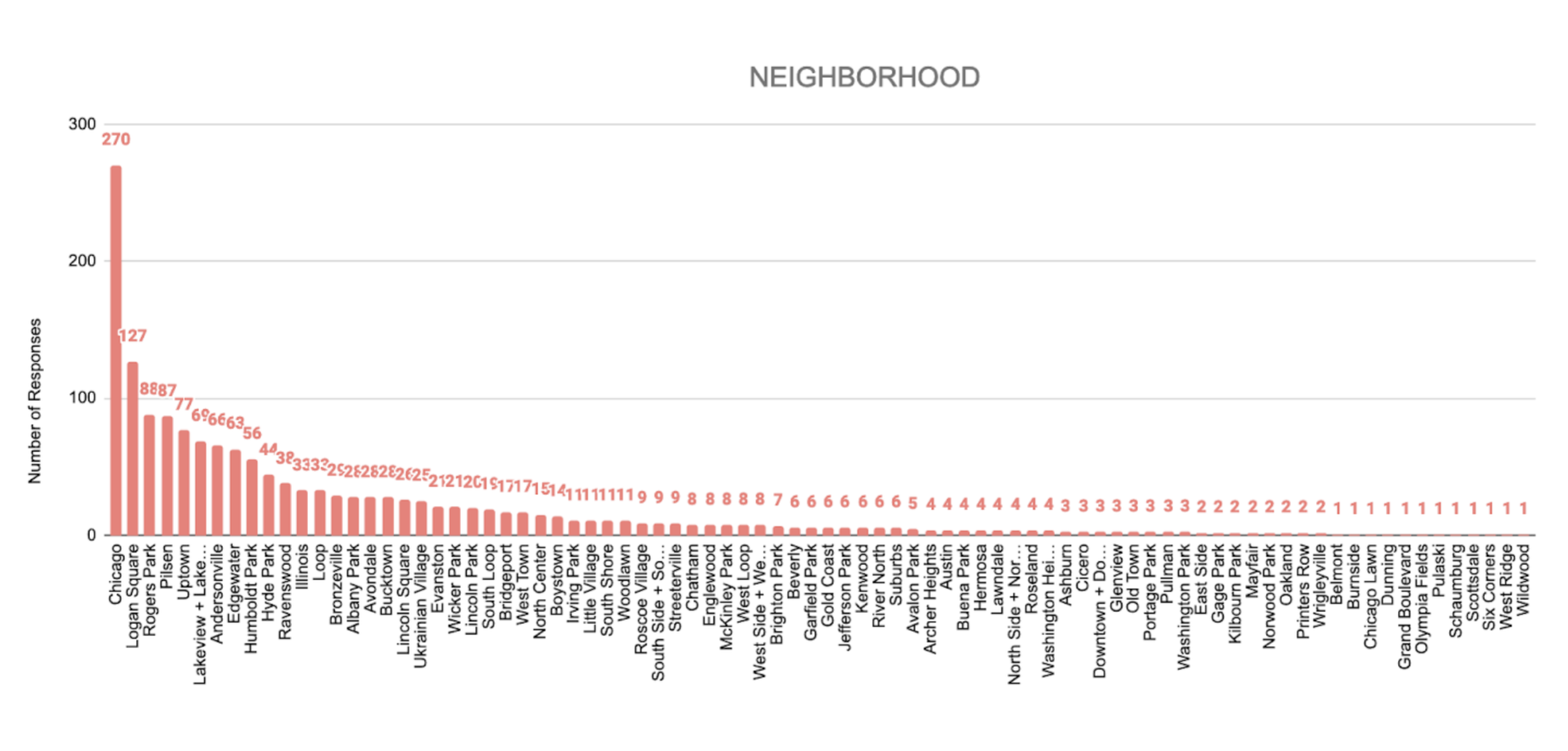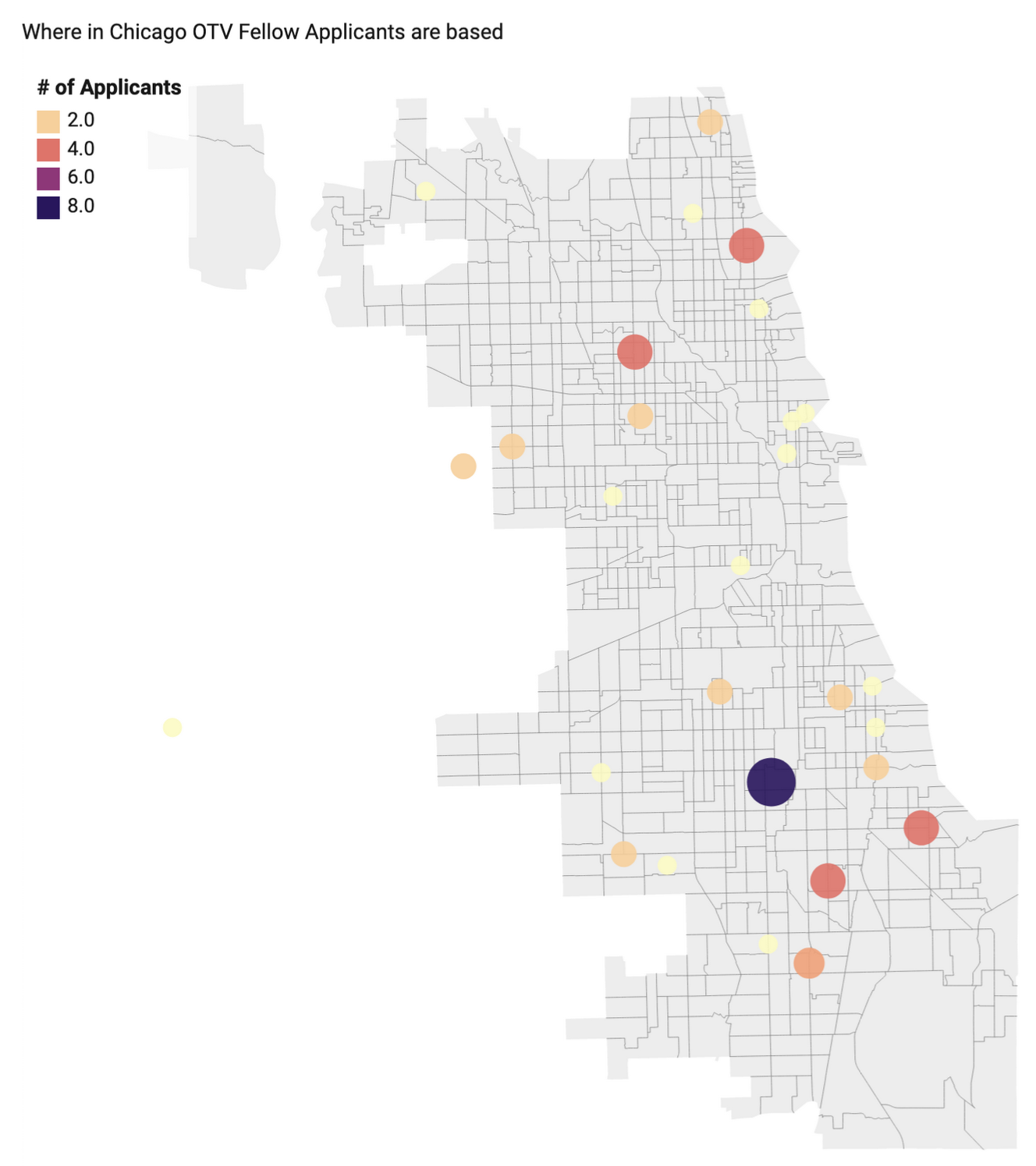The OTV artist & community 2015-2019
BY AYMAR JÈAN CHRISTIAN
OTV Head of Research & Organizational Development
Associate Professor, Northwestern University
Representation is at the heart of OTV. We focus on more than just visible representation for communities who have been historically marginalized because of their race, gender, sexuality and other forms of difference. We see representation as empowering storytellers as workers and owners of their intellectual property (every TV show is IP!). We also see representation as gathering communities. We support artists in representing themselves, and then we gather the people who want to see those representations.
Research has also always been at the core of OTV. On our research page (http://weareo.tv/research) you can find links to several open-access academic articles in top tier journals based on the early experimental years of OTV. We have also published summaries of our internal interviews with artists and feedback from our community.
What we have not published is cumulative data on who we are: the identities of the artists we support and communities we gather.
Until now!
Below you’ll find survey data on our artists and community. But first, some things to consider:
ALL data is imperfect.
Participation was never 100%.
Participants were asked to check boxes, and identity is more complicated than that. All had the option of writing in their own responses, but most people did not use this option when given pre-written selections.
OTV is based on the theory of intersectionality. A fundamental tenet of intersectionality is to not segment and separate identities: a Black woman is a Black woman, not Black + woman. Lisa Bowleg writes in her popular essay “When Black+ lesbian+ woman≠ Black lesbian woman“ that in quantitative research, segmenting identity is nearly impossible to avoid. Thus, the most important identity information on OTV is cultural and human-centered: the work we release, the people at the screenings, the crew members on set. You have to be present to fully understand who we are, or you can subscribe to our app and see for yourself who and what we stand for!
OTV ARTISTS
Below you’ll find data on the artists we support.
In the early years of OTV I did not survey our artists based on their identity. Based on intersectional praxis I did not want to force artists into boxes.
By 2019 I realized that this information was necessary for grant funding and also is important for us to track internally so we can hold ourselves accountable. I asked all artists from 2015-2019 to fill out a survey that year. Doing it this late means we did not have 100% participation.
Therefore, these are a rough estimate of the creators behind the programs we have supported.
GENDER
Our artists are majority women and trans/nonbinary. It should be noted that the OTV staff is composed of 100% women and trans/nonbinary baddies.
RACE
Our artists are majority people of color. We do believe we need to boost our Latinx and AAPI representation, and have already made great strides. Our app now includes a full playlist of OTV Originals by AAPI artists, including some of our well-known series like Code-Switched, Brown Girls and FOBia. In 2021 we will release more from Latinx and AAPI creators, including Ghareeb, Born and Raised, Border’d, and Arabica. This year we will host Brave Futures Film Race in Guadalajara, Mexico and explicitly foregrounded Latinx representation in our #OTVLive initiative, including a popular program, That Shit’s Trans, from Irregular Girl.
EDUCATION
Our artists are highly educated. This reflects the broader film/TV community, where film students and having a college education makes one much more likely and able to pursue film-based work.
SEXUALITY
Our artists are mostly queer or not straight-identified.
AGE
Our artists are mostly millennials. This also reflects broader trends in digital content creation, dating back nearly two decades. Digital media is still a relatively new market and requires a lot more energy for less reward than legacy media. Young people flock to digital creation to start their careers in media, and many OTV alums now work for legacy media companies like Netflix and Hulu which tend to hire older writers and directors. It is hard for senior artists to do digital work because pay rates tend to be low and seasoned artists have income benchmarks based on years of union work.
INCOME
Our artists are not rich, making it all the more remarkable that they have been able to produce such high quality work!
NEIGHBORHOOD
Our artists skew to the north side of Chicago. We believe this reflects the type of social networks necessary to complete an indie video project. Most of the city’s film schools are on the north side, and the realities of segregation concentrate college-educated individuals on the north side. Most crew members get trained to make films in college, and having close relationships with crew increases one’s chances of completing a film project.
Based on interest in the OTV Fellows program (see more below), we know there are people on the south and west sides who have great stories and want to make films, and we are actively fundraising to be able to correct these inequalities. It will take time.
OTV COMMUNITY
This is data collected in Chicago based on surveys conducted after screenings from 2015-2019. Screenings took place all over the city but the biggest venues we could get, and the ones with the biggest audiences, were the MCA and Chicago Cultural Center. Most of the raw numbers come from 2017-2019 as that is when we started showing at these bigger venues.
We can estimate our total audience in Chicago conservatively at 3,600-5,400 people over 4 years, or around 900-1,400 people/year (as the average survey completion rate was minimum 30% of the audience in attendance, though quite frequently 50-70%).
What is clear is that our audience mirrors our artists. We take this as a good sign that intersectional artists attract intersectional audiences!
SEXUALITY
Our audience is 60% not straight.
GENDER
Gender categories have always included cis- and trans options, but expanded include more non-binary and spectrum options starting in 2017
Our audience is majority women, trans and non-binary. I’ve rounded the answers i but these numbers are not exact, as people are allowed to choose multiple boxes in the survey.
RACE
Our audience is majority people of color (1,001 to 806 white people). This is mostly Black, followed by Latinx.
AGE
We have a millennial audience, peaking from 20-35. The average is 30. The mode is 26.
EDUCATION
Our audience is more educated than the general population. This can be read for insights into class.
NEIGHBORHOOD
Our audience is probably more north side. However the most common response to what neighborhood respondents live in is “Chicago,” and so it’s difficult to know for sure (it could be that our audience is always moving or lives in between neighborhood boundaries, or doesn’t subscribe to Chicago’s boundary-focused neighborhood conceptualizations; or they just didn’t read the question correctly).
However, an analysis of applicants to our OTV Fellows program reveals a more nuanced pictured. This map of Chicagoans who applied shows significant interest in OTV from folks on the South Side.
SUMMARY
The imbalance between our educated, north side audience and aspiring south side artists reveals how OTV is sitting in between existing inequalities. Making an indie TV show requires a tremendous amount of resources, often at least $1,000/minute of story, connections to experienced crew, social/cultural capital to start a business, secure legal/insurance assistance, locations, etc. This means that many OTV shows, even when created by POCs, are created by POCs who have white/north side connections: they went to college/film school or put in years in Chicago’s predominantly white arts communities to build enough relationships to get these stories made on the cheap (through donated labor, grants or crowdfunding).
In order to continue to deepen our commitment to our mission of supporting historically marginalized artists and communities, OTV needs production funding to bring resources to artists who came with less resources and likely also have programming space on the south side to screen these works. It is important to realize that with all of OTV’s success, we’ve never been able to give artists more than $10,000 for production (enough to produce a few minutes of story, at best). It is a testament to the level of investment of staff time (particularly Aymar doing hours and hours of calls with artists) and community resources we offer artists that we’ve been able to do as much as we have. But without being able to provide production funding, the most marginalized artists will continue to be marginalized.














